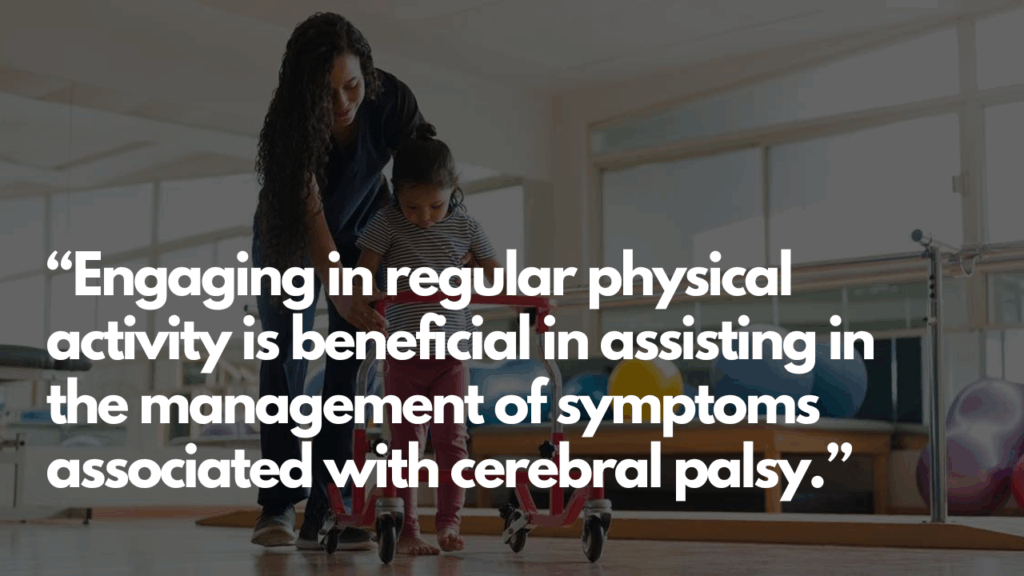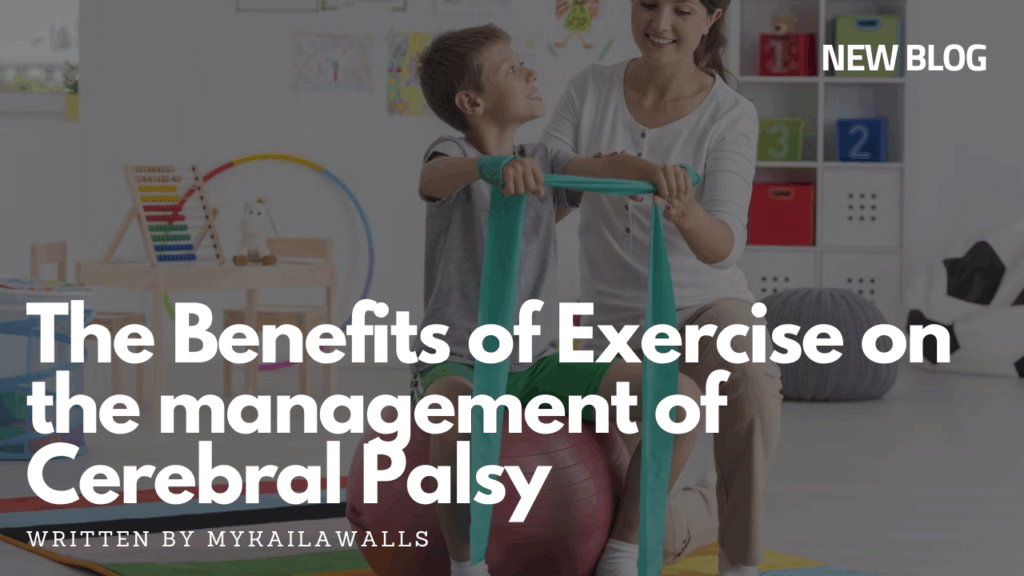World Cerebral Palsy Day
Cerebral Palsy Day is an annual event on 6 October utilised to raise awareness and advocate for inclusion of those living with Cerebral Palsy.
What is Cerebral Palsy?
Cerebral meaning ‘of the brain’ and palsy meaning ‘a lack of muscle control’ impacts an individualised capacity to mobilise, coordinate, control movement, muscle tome, posture and balance. Moreover, those diagnosed with Cerebral Palsy can also experience impairments in vision, learning, hearing and speech (Cerebral Palsy Alliance, 2023).
spastic
This is the most commonly diagnosed form of cerebral palsy and is characterised by increased muscle tone, resulting in tight and stiff muscles. This can present as hemiplegia, diplegia or quadriplegia. Spasticity can impact any muscle group within the body including but not limited to, the upper limbs, lower limbs, tongue, facial muscles or vocal folds. This can therefore lead to impaired speech, capacity to mobilise confidently, maintain postures, engage in activities of daily living such as eating, writing and personal hygiene tasks.
Dyskinetic
Dyskinetic cerebral palsy is characterised by involuntary, unpredictable movements. It can include slow writhing, rapid, jerky movements and sustained twisting or repetitive muscle spasms. This can occur due to a brain injury duties foetal development or early infancy and is defined by abnormal postures and movements as a result of impaired muscle tone, movement control and coordination (Li & Arya, 2022).
Ataxic
Ataxic cerebral palsy impacts an individual’s coordination, balance and depth perception. This is due to damage within the cerebellum in the brain as it controls coordination, precision and timing of movements (National Institute of Neurological Disorders and Stroke, 2025).
mixed
Mixed cerebral palsy refers to an individual who is impacted by a combination of more than one type of cerebral palsy.
What is the benefit of engaging in exercise when diagnosed with Cerebral Palsy?
Engaging in regular physical activity is beneficial in assisting in the management of symptoms associated with cerebral palsy. An accredited Exercise Physiologist can aid in implementing a safe and individualised exercise program tailored to addressing goals, capacity to maintain independence and ability to engage in activities of daily living and hobbies.

Those diagnosed with cerebral palsy are at an increased risk of developing cardiovascular disease, hypertension and other cardiometabolic conditions, particularly due to reduced physical activity levels as a result of mobility impairments. However, engaging in regular physical activity can assist in mitigating the risk of developing these conditions, in addition to improving overall quality of life (Tauro et al., 2024).
Moreover, those with cerebral palsy have been found to be at an increased risk of developing mental health conditions in comparison to the general population, with the most common conditions including anxiety and depression (Cerebral Palsy Research Network, 2021).
Aerobic Exercise
Participating in aerobic physical activity can assist in improving cardiovascular fitness, psychological wellbeing and fatigue levels.
Strength training
Strength training: Engaging in regular resistance-based exercise can assist in developing strength, therefore improving functional mobility, capacity to transfer, engage in daily activities and aid in managing the impact of spasticity (Blanco et al., 2021).
balance and Postural Control
Balance and postural control: Through engaging in balance exercises, this can assist
in improving stability, reducing falls and injury risk and increase capacity to maintain
independence.
Motor Planning and Coordination
Implementing exercises that challenge coordination, and dual tasking can assist in improving sequencing and accuracy of movements. Moreover, the repetitive practice of functional tasks can promote motor learning and neuroplasticity.
Case Study
The client has been diagnosed with Cerebral Palsy, impacting their lower limb mobility, balance, strength, walking capacity and coordination. This therefore has limited their ability to confidently mobilise within the home, workplace and community due to being at an increased risk of falls and subsequent injury. However, through engaging in a structured, home exercise program focused on developing lower limb strength and balance, the client has demonstrated overall improvements in muscular strength, endurance and functional capacity. Moreover, through providing pain education and pacing strategies, this has aided in increasing their capacity to manage symptoms associated with Cerebral Palsy.
Written By Uplift EP, Mykaila Wall

